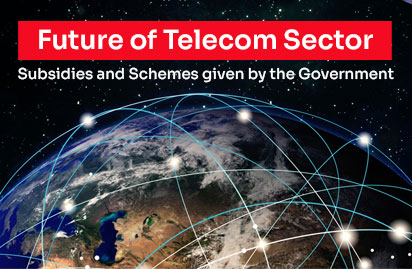How can Policymakers and Investors ensure Developing economies Energy Transitions?
Renewable energy investment requires tens of trillions of dollars to meet emerging and developing economies to meet their energy development and net-zero climate goals. This is significantly expected public funds to be raised and private capital must provide the difference. Yet there remain many obstacles to the deployment of private capital in clean energy projects in emerging economies as they can impose additional risk and cost and thus dampen investor interest.
“The world’s energy and climate future increasingly hinge on whether emerging and developing economies are able to successfully transition to cleaner energy systems, calling for a step change in global efforts to mobilize and channel the massive surge in investment that is required.”
We have identified five broad areas helps to stimulate renewable energy investment:
1. Regulated, transparent power arrangements
These policies must establish transparency and predictability which provides confidence for investors in the ability to recover investments in power generation. Examples of such policy include allowing independent power producers (IPPs) having bankable, standardized power purchase agreement (PPA) templates, transparent auctions, fair rate adjustments and public participation.
2. Specific clean energy/climate incentives
Having an integrated, multi-year energy strategy with short-term targets for retiring fossil fuel plants. Building renewable energy helps lay the foundation for conducive policies. Establishing a carbon market or other carbon-pricing mechanism as well as governance/legislation around carbon removal is also of value.
3. General business-friendly measures
There exist several general policies that can facilitate renewable energy investment. These include tax policy (such as not withholding taxes on profits and no VAT on clean power sales), allowing foreign direct investment (FDI), improved permitting processes and foreign currency/ability to repatriate profits.
4. Innovative financing mechanisms
Financing mechanisms of different types can be useful in mitigating risk, offering additional return potential or creating more investment opportunities. Masala bonds which are Indian Rupee-denominated bonds issued in foreign countries for investment in India, offer an example of risk mitigation (in this case providing a currency hedge). Separately, the cost of financing, and therefore a project’s financial return, can be conditioned on achieving decarbonization targets.
Financial innovations create more renewable energy investment opportunity. Examples include:1) Synthetic Corporate Power Purchase Agreements (CPPAs) which can offer a hedge against a corporate buyer’s fluctuations in power cost while providing demand for renewable energy.
2) An Energy Transition Mechanism (ETM) gives investors opportunity to buy high carbon-emitting assets, retire them and replace them with renewable energy (financial returns in an ETM investment come from operating the high carbon and renewable-energy assets supplemented by for example, carbon credits for accelerated retirement).
5. Early risk assumption
Several successful projects have included an early sponsor that was willing to assume various risks. Once certain risks in the project had been ameliorated the sponsor was able to attract additional or less expensive, capital. BTG Pactual in the Aforementioned Transmission Project in Brazil was one such example. The company assumed full equity risk initially but was able to find debt financing once construction was completed. This role can also be fulfilled or at least supplemented by international development organizations.
Conclusion
Governments in emerging economies must enact supportive legislation to ameliorate some of the risk and improve financial return prospects on energy projects. Multilateral development banks and other international financial institutions raise their risk instrument offerings and financing capacity. They must also work with the private sector to set the parameters and goals for renewable energy investment opportunities. This should be receptive to financial innovations that can increase the flow of private foreign capital for renewable energy projects.






